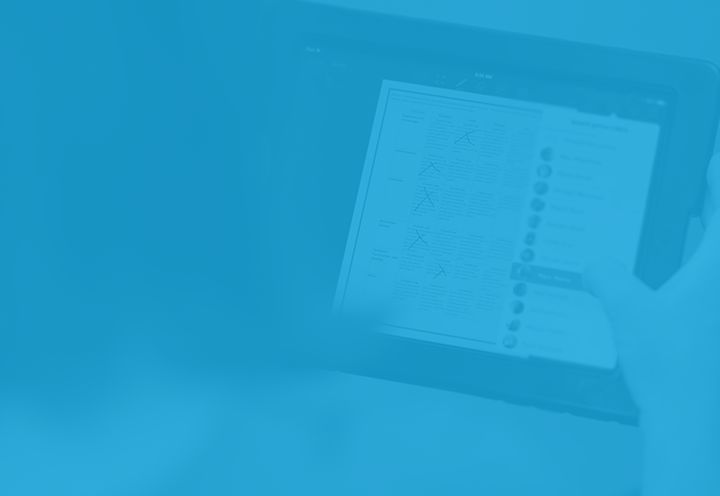Are you looking for ways to get students to take ownership of their learning? When students do their own research, ask critical questions, and form conclusions on their own, they strengthen their problem-solving skills. This technique, known as Discovery Learning, has been especially effective with students with special needs.
However, you can incorporate Discovery Learning into your classroom for the benefit of all your students. Ready to try Discovery Learning in your classroom? Here are a few ideas to get you started.
1) Assign interviews to spark curiosity
Help students discover the amazing information they can gather just by talking with people. Assign an interview, and have students write a summary of what they learned, what surprised them, and the advantages of learning information directly from a source.
When students do their own research, ask critical questions, and form conclusions on their own, they strengthen their problem-solving skills.
2) Have students go solo
Some of the best discovery learning projects are done solo. Give your students a problem or subject to research on their own. Encourage them to use technology as part of their research, and then have them come back together to see what everyone learned and what they discovered by themselves.
3) Incorporate data-based projects
Assign data that is related to a topic, and encourage students to investigate, ask questions, and form their own conclusions. They’ll see not only that knowing how to objectively analyze data gives them insight into the topic they are learning, but also how data analysis skills are powerful outside the classroom.
4) Do a virtual dissection
Sometimes hands-on materials are tough to locate (or purchase). Instead, use a virtual dissection to encourage students to discover how things work. Students can investigate and ask questions without having to pick up a scalpel.
5) Encourage mistakes and productive struggle
When students take control of their own learning, mistakes are inevitable. But mistakes are part of Discovery Learning. Providing timely feedback, quickly correcting mistakes, and continuously encouraging students to keep at it are critical to encourage students to push through difficult problems.
These tips can get you quickly on your way to bringing Discovery Learning into your classroom. Do you already use Discovery Learning Strategies? Leave us a comment – we would love to hear about them.


